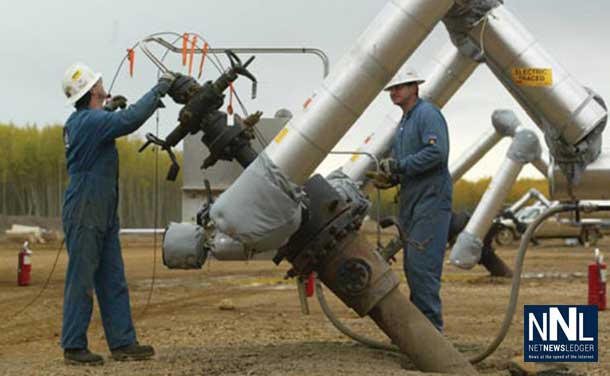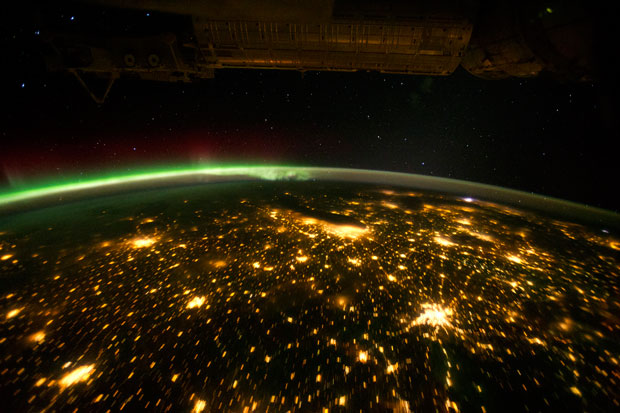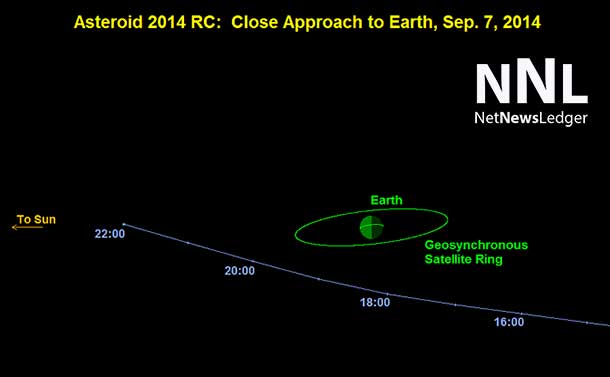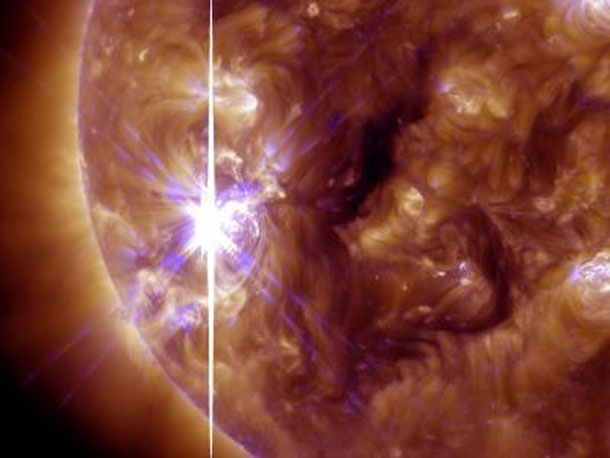

What we really need is Energy Hour
OTTAWA – OPINION – With Earth Hour being held around the world between 8:30 and 9:30 pm local time on Saturday, we are going to hear a lot about reducing ‘carbon pollution,’ ‘carbon emissions,’ and our supposed ‘carbon footprint.’
But this makes no sense.
Carbon is a solid, naturally occurring, non-toxic element found in all living things. It forms thousands of compounds, much more than any other element. Medicines, trees, oil, and even our bodies are made of carbon compounds.
Pure carbon occurs in nature mainly in the forms of graphite and diamond. So, what is the ‘carbon pollution’ environmentalists are concerned about? Are they speaking about soot emissions reduction? Amorphous carbon, carbon without structure, is the main ingredient in soot, which is a pollutant important to control. Power plants have already done a good job reducing soot, as they have with other pollutants.
No, activists are crusading against emissions of one specific compound of carbon, namely carbon dioxide (CO2). Ignoring the oxygen atoms and calling CO2 ‘carbon’ makes about as much sense as ignoring the oxygen in water (H2O) and calling it ‘hydrogen.’
Calling CO2 ‘carbon’, or worse, ‘carbon pollution,’ encourages people to think of it as something dirty and so important to restrict. Calling CO2 by its proper name would help the public remember that, regardless of its role in climate change (a point of intense debate among scientists), CO2 is really an invisible gas essential to plant photosynthesis, and so to all life.
Climate change campaigners do not seem to understand that commercial greenhouse operators routinely run their internal atmospheres at up to 1,500 parts per million (ppm) CO2 concentration for a good reason. Plants inside grow far more efficiently than at the 400 ppm in the outside atmosphere. Yet there is no hint of any consequent temperature rise.
Climate Change Reconsidered II: Biological Impacts, a report from the Nongovernmental International Panel on Climate Change, cites over 1,000 peer-reviewed studies that document rising productivity of forests and grasslands as CO2 levels have increased, not just in recent decades, but in past centuries.
And increasing CO2 levels pose no direct hazard to human health. CO2 concentrations in submarines can reach levels above 10,000 ppm, 25 times current atmospheric levels, with no harmful effects on the crew.
Politically correct but deceptive language is dangerous because it dumbs down important science debates and inappropriately influences millions of people, and ultimately, government policy. People educated in the sciences must complain loudly whenever they hear such mistakes.
We are actually near the lowest level of CO2 in Earth’s history. About 440-million years ago, CO2 was over 1000% of today’s level while Earth was in one of the coldest periods in the record. This is just one of many findings that indicate that the climate models’ assumption that temperature is driven by CO2 is wrong.
Activists say that there will be important pollution reduction co-benefits to CO2 emission control. Yet US Environmental Protection Agency data show that total emissions of six major air pollutants dropped 62% since 1980 even though CO2 emissions increased by 14%. Using climate regulations to reduce pollution would obviously be an expensive mistake.
While some commentators promote using as much energy as possible during Earth Hour to demonstrate opposition to the event, a better approach might be to change its name to ‘Energy Hour’ and encourage citizens to minimize their energy use for an hour to give them a sense of what societies without adequate power are actually like. This could increase public pressure on politicians to ensure that reliable power generation from proven energy sources—coal, oil, natural gas, nuclear, and hydro—will be available for years to come.
Tom Harris is executive director of the Ottawa-based International Climate Science Coalition.





